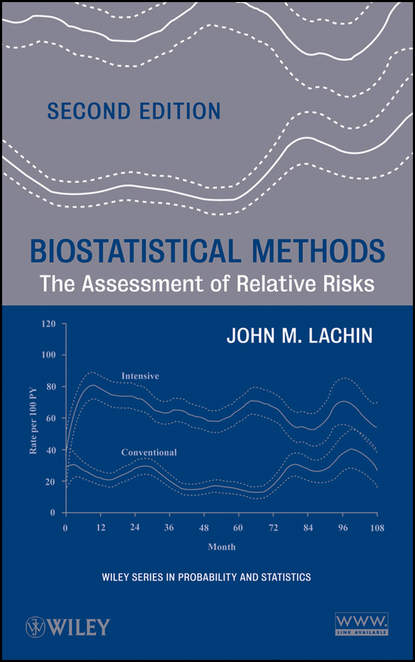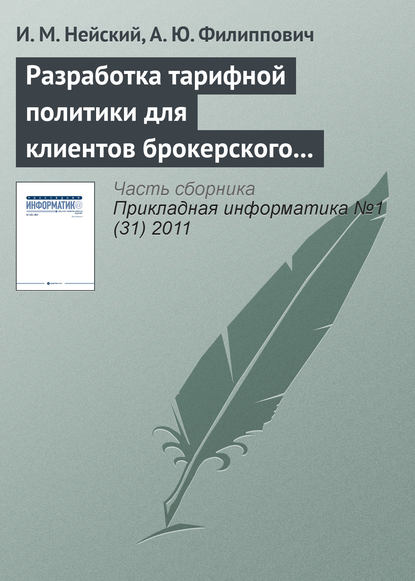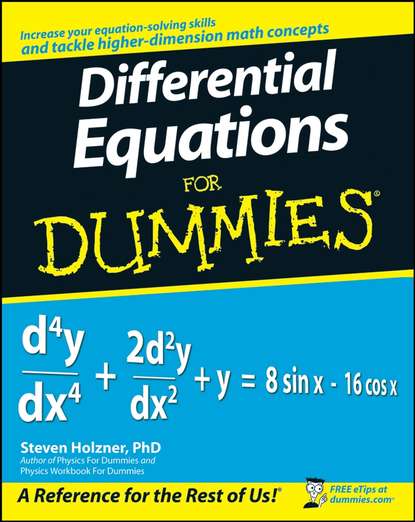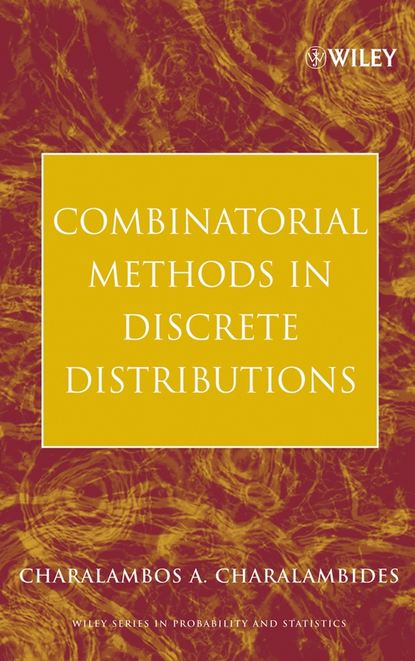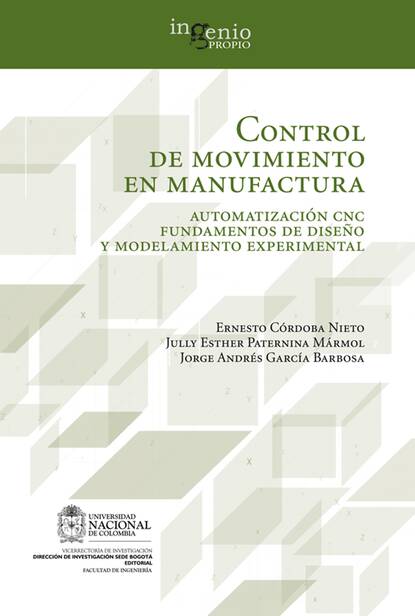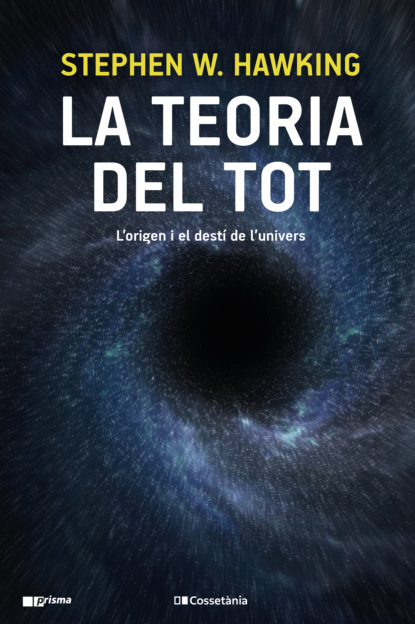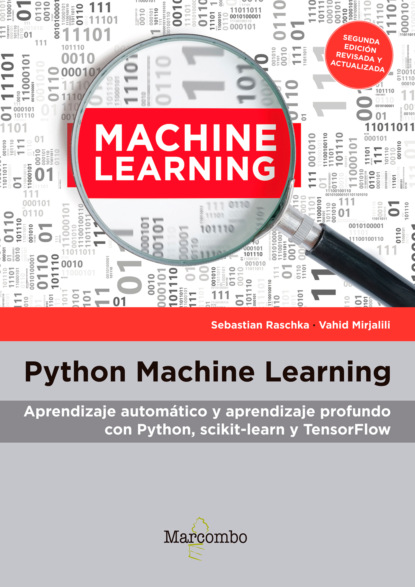Книга "Биостатистические методы: оценка относительных рисков" является определенным руководством для классических и современных методов биостатистики. Биостатистические методы включают различные количественные техники, которые необходимы для описания и оценки связей между биологическими и медицинскими явлениями. В книге разрабатываются основные концепции и расширенный набор биостатистических методов через применение как классических статистических инструментов, так и более современных теорий на основе правдоподобия.
Книга охватывает важные статистические методы для оценки абсолютных и относительных рисков в эпидемиологических и клинических исследованиях с категориальными, счетными и временными данными. В ней представлены современные модельные подходы, включая безусловную и условную логистическую регрессию; модели Пуассона и отрицательной биномиальной модели для счетных данных; и анализ временных данных, включая модель пропорциональных рисков Кокса и ее обобщения.
Автор начинает с анализа категориальных данных для поперечных, проспективных и ретроспективных исследований бинарных, полихотомных и ординальных данных, а затем переходит к более сложным методам. В книге также включены методы оценки размера выборки и мощности и введение в смешанные модели с фиксированными и случайными эффектами.
В книге представлены примеры реальных исследований и кейсов, а также иллюстрации на языке SAS. Книга предназначена для студентов биостатистики на уровне магистратуры, а также для биостатистиков, прикладных статистиков и эпидемиологов в качестве ценного справочника.
Электронная Книга «Biostatistical Methods. The Assessment of Relative Risks» написана автором John Lachin M. в году.
Минимальный возраст читателя: 0
Язык: Английский
ISBN: 9780470907405
Описание книги от John Lachin M.
Praise for the First Edition «. . . an excellent textbook . . . an indispensable reference for biostatisticians and epidemiologists.» —International Statistical Institute A new edition of the definitive guide to classical and modern methods of biostatistics Biostatistics consists of various quantitative techniques that are essential to the description and evaluation of relationships among biologic and medical phenomena. Biostatistical Methods: The Assessment of Relative Risks, Second Edition develops basic concepts and derives an expanded array of biostatistical methods through the application of both classical statistical tools and more modern likelihood-based theories. With its fluid and balanced presentation, the book guides readers through the important statistical methods for the assessment of absolute and relative risks in epidemiologic studies and clinical trials with categorical, count, and event-time data. Presenting a broad scope of coverage and the latest research on the topic, the author begins with categorical data analysis methods for cross-sectional, prospective, and retrospective studies of binary, polychotomous, and ordinal data. Subsequent chapters present modern model-based approaches that include unconditional and conditional logistic regression; Poisson and negative binomial models for count data; and the analysis of event-time data including the Cox proportional hazards model and its generalizations. The book now includes an introduction to mixed models with fixed and random effects as well as expanded methods for evaluation of sample size and power. Additional new topics featured in this Second Edition include: Establishing equivalence and non-inferiority Methods for the analysis of polychotomous and ordinal data, including matched data and the Kappa agreement index Multinomial logistic for polychotomous data and proportional odds models for ordinal data Negative binomial models for count data as an alternative to the Poisson model GEE models for the analysis of longitudinal repeated measures and multivariate observations Throughout the book, SAS is utilized to illustrate applications to numerous real-world examples and case studies. A related website features all the data used in examples and problem sets along with the author's SAS routines. Biostatistical Methods, Second Edition is an excellent book for biostatistics courses at the graduate level. It is also an invaluable reference for biostatisticians, applied statisticians, and epidemiologists.
